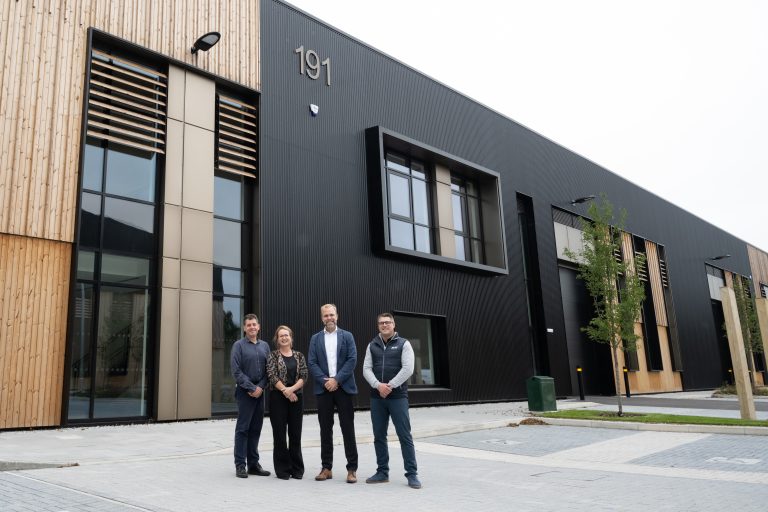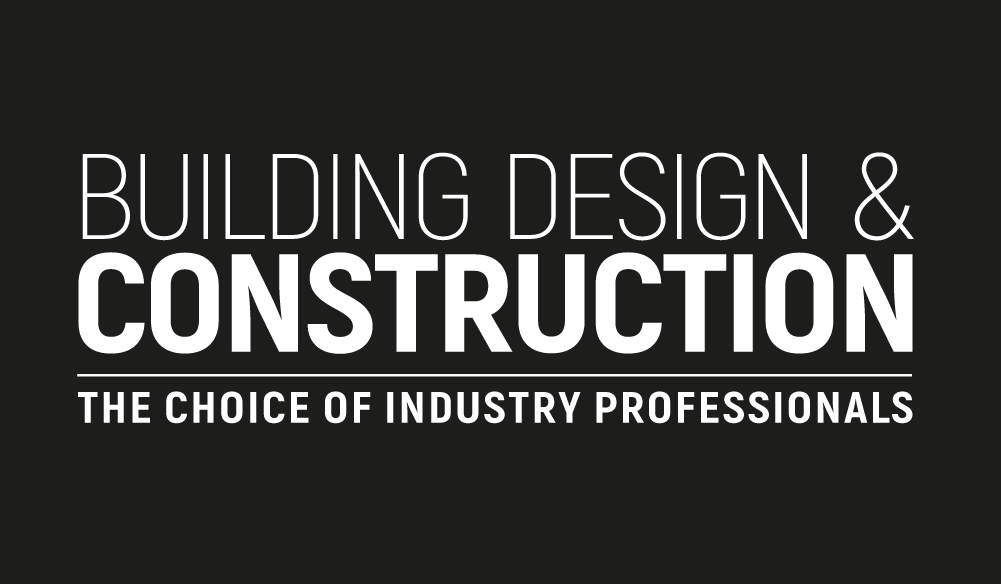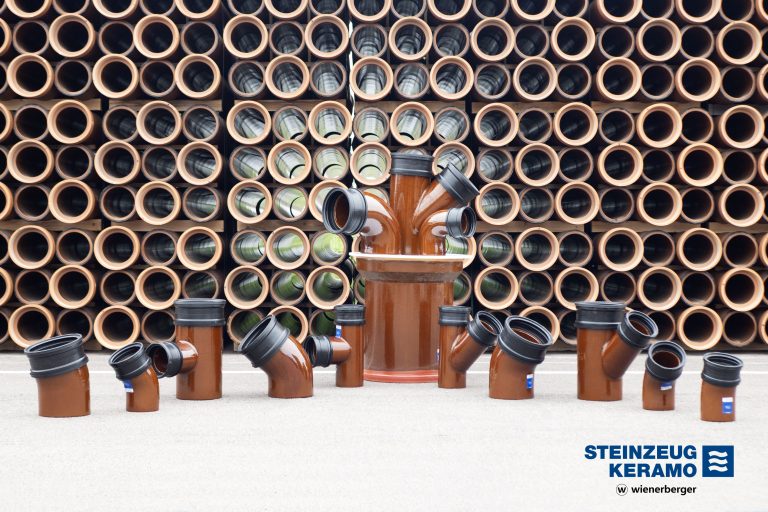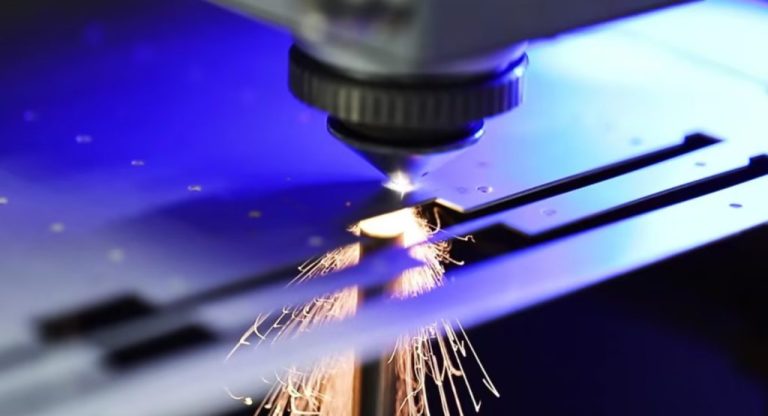In modern construction, efficiency and precision make the difference. Each project, from pipe fabrication to tall buildings and bridges, demands fast fabrication with minimal waste and accuracy. Old school cutting methods can’t keep up with these new demands. This is where smart fabrication techniques change how materials are processed and assembled. Among new techniques, the high power laser cutting machine has become the beating heart of modern steel fabrication. It can produce unmatched speed, precision, and flexibility, enabling constructors to work smarter. With the help of this technology, cutting a steel plate has become easier, faster, and more efficient than ever before. What is smart fabrication, and why does it matter? It combines automation, digital designs, and intelligent machinery to smooth the process. It can eliminate those errors that can slow down the process. Its core is to connect data and machines. From design to cutting, it is digitally managed. Engineers can make 3D models using CAD software and feed them into the CAM system, and the machine performs precise cutting. The result will be awesome. Overall, construction work is paced up, with precise results in efficiency, and the fiber laser cutter meets the new challenges. The rise of fiber laser cutting in construction Fiber laser technology has rapidly replaced the old methods, like plasma or mechanical saw cutting. It works on a focused highlight beam onto the material’s surface. The energy is so high that it melts or vaporizes the material instantaneously, creating a precise cut with smooth edges. This non-contact cutting method can minimize the wear and tear of tools, reduce maintenance and work more efficiently. The result is produced with high accuracy and speeds up the work to boost productivity. 1. Precision that builds confidence One of the biggest challenges in fabrication is maintaining tight tolerances across thousands of components. Even a millimeter can cause huge problems while assembling. With fiber laser cutting machines, you can eliminate these errors as they are so precise that every part will fit perfectly. This technology also supports micro cutting, which is best for architectural work and façade panels. The traditional methods achieving this type of accuracy and precision require more hours and a lot of extra equipment, resulting in delays and costs. 2. Faster cutting for large-scale projects Now, time has become the most valuable resource in construction. High-power fiber laser cutters drastically reduce production time, even when working with thick materials. While a plasma or oxy fuel system might take minutes to slice 25mm steel plates, a high-power laser can do it in minutes. This type of laser can cut above 140meters per minute for thin sheets, and even thick plates can be handled efficiently. This improvement means fabricators can work faster and start assembly earlier. Faster production reduces project bottlenecks: lower labour costs, lower wastages and improved delivery time. 3. Cost efficiency and energy savings It’s not just about the speed; a fiber laser system is more energy efficient than the old methods. Their optical conversion efficiency can reach 40% compared to only 10-15% forCO₂ lasers. This energy-saving efficiency means lower operating bills and reduced overall project cost. Fiber lasers also require fewer consumables, as they don’t need gas lenses, mirror replacements, etc. Maintenance costs are lower, and downtime is minimal. From project to project, these savings can amount to thousands of dollars, especially for high-volume fabrication shops. 4. intelligent integration with digital workflows In today’s connected world, machines need to talk to each other. Fiber laser cutting systems integrate effortlessly with CAD/CAM software systems. Engineers can import 3D blueprints directly into the machine software. The system automatically nests the parts for minimal material waste and calculates optimal cutting paths. Operators can monitor the performance remotely. This integration leads to a data-driven workflow, where decisions are based on real-time insights rather than assumptions. By combining automation with intelligence, smart fabrication ensures quality, speed, and perfection in productivity. 5. Application across the construction industry Fiber laser cutting machines’ versatility allows them to be used in almost every construction sector. Fiber laser brings speed, precision, and flexibility to every application, from small to large structural assemblies. 6. Safety and better working conditions Safety in fabrication factories is often taken for granted, but it’s crucial. Traditional and old cutting techniques produce smoke sparks and loud noise that can endanger workers. But the laser cutting is cleaner, faster and quieter. Machines are usually fully enclosed, protecting operators from direct laser beams. And as there is no direct physical contact with the cutting, it reduces workplace injuries. 7. Sustainability and material optimization Construction companies are under high pressure to minimize waste and carbon emissions. Fiber laser cutting contributes to protecting the environment in several ways. This system produces minimal scrap using advanced nesting software to cut the parts. It can ensure the maximum material utilization up to 0.1mm. It also doesn’t need chemical coolants or cutting fluids; they eliminate hazardous waste. 8. Overcoming challenges and future innovations There is no technology that is without challenges. The initial investments in high-power fiber laser systems can be significant; training operators to use advanced systems and maintaining the equipment requires considerable time and resources. However, these challenges are rapidly decreasing as manufacturers introduce user-friendly interfaces. AI also plays an important role in automation, so training requirements are decreasing daily. Conclusion The shift towards smart fabrication marks a defining moment in the evolution of construction. With the Fiber laser cutter, constructors can fabricate steel components faster with great precision and minimal waste. These lasers not only cut the material but also cut costs, cut project completion time, cut the dangers, save energy, and are more sustainable. In a world where every second and every millimeter counts, fiber laser cutting ensures that precision and productivity always stay perfectly aligned.








